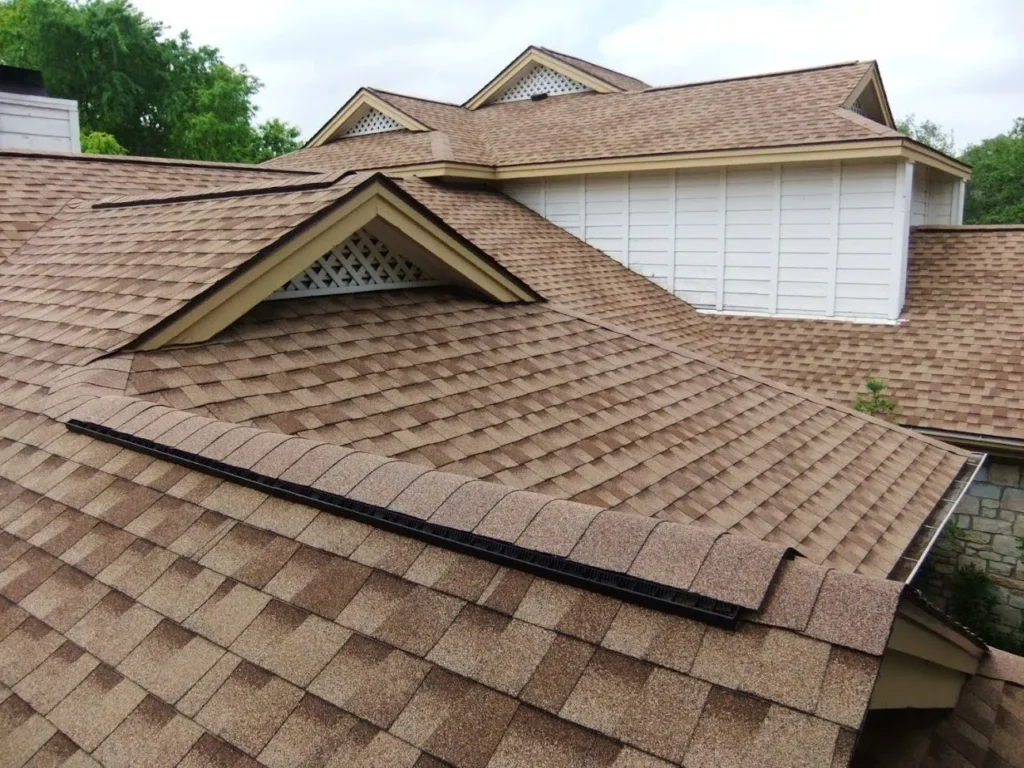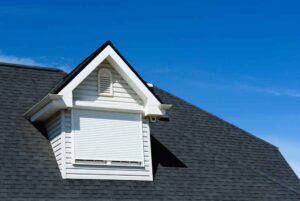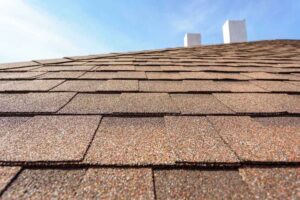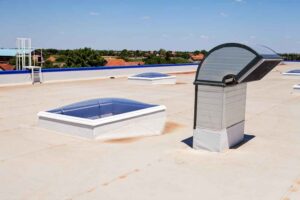
The roof is vital for your house’s foundation, protecting your family and property. When selecting a roofing material for your home, don’t prioritize aesthetics alone. Instead, consider these factors when making your choice.
Local Weather Conditions
In regions with high temperatures, selecting a roofing material that effectively reflects sunlight and minimizes heat absorption is essential to maintain a cooler indoor environment. Additionally, areas prone to heavy rainfall or snowfall require roofing materials that have excellent water resistance and can withstand the weight of accumulated snow.
Furthermore, strong winds prevalent in certain locations require roofing materials with high wind resistance to prevent damage or uplift. Hailstorms are another weather factor to consider, as they can cause significant harm to roofs. Opting for materials that are impact-resistant can minimize the risk of roof punctures.
UV radiation is another important consideration. Areas with intense sunlight exposure demand roofing materials that are UV-resistant to prevent premature degradation and fading.
Roof Slope
The angle of the roof’s slope determines its ability to shed water effectively and resist various weather conditions. A steep roof slope, for instance, allows water to run off quickly, minimizing the risk of water accumulation and potential leaks. Consequently, roofing materials that are lightweight and less prone to water penetration, such as asphalt shingles or metal sheets, are often favored for steeper roofs.
In contrast, roofs with a shallow slope have a slower water runoff rate, making them more susceptible to water pooling and potential damage. For such roofs, roofing materials with superior waterproofing properties are common. These materials offer better protection against moisture penetration due to their inherent characteristics.
Cost
Lower-cost materials are often preferred due to their affordability, making them an attractive option for budget-conscious individuals or organizations. Conversely, higher-priced roofing materials may be selected for their superior quality and durability, which can result in long-term cost savings by reducing the need for frequent repairs or replacements.
Cost considerations extend beyond the initial purchase price. Installation expenses must also be factored in, as some roofing materials require specialized labor or additional components, contributing to the overall cost. Additionally, ongoing maintenance and repair costs should be considered when evaluating different materials. Less expensive roofing options may have higher maintenance requirements or shorter lifespans, resulting in increased expenses over time.
State Building Codes and Homeowners Associations Rules
State building codes establish the guidelines and regulations that must be followed during the construction or renovation of a property. These codes often specify requirements related to safety, durability, and energy efficiency. As a result, homeowners must choose roofing materials that meet or exceed these code standards.
On the other hand, homeowners associations (HOAs) are organizations that enforce rules and regulations within a community or neighborhood. They typically have guidelines regarding the aesthetics and uniformity of the properties in their jurisdiction. These guidelines may include restrictions on the type, color, or style of roofing materials allowed.
Consequently, homeowners must ensure that their chosen materials comply with the codes to meet safety and durability standards. Simultaneously, they must adhere to the guidelines set by their HOA to maintain the desired visual harmony within the community.
Energy Efficiency
The choice of roofing material directly impacts a building’s thermal performance, which directly affects energy consumption. Opting for energy-efficient roofing materials, such as reflective or insulating materials, can substantially reduce heat transfer through the roof and minimize the need for excessive heating or cooling.
Reflective roofing materials, like cool roofs, bounce back a large portion of the sun’s heat, preventing it from penetrating the building and reducing the demand for air conditioning. Insulating roofing materials effectively trap heat during colder seasons and prevent it from escaping, thereby decreasing the reliance on heating systems.
Fitz Roofing serves Houston and Nashville with reliable service and community support. We make a difference by building relationships and are committed to philanthropy. Contact us for your roofing needs.




